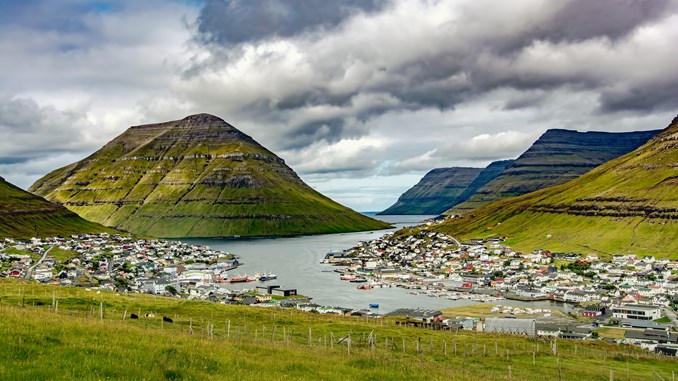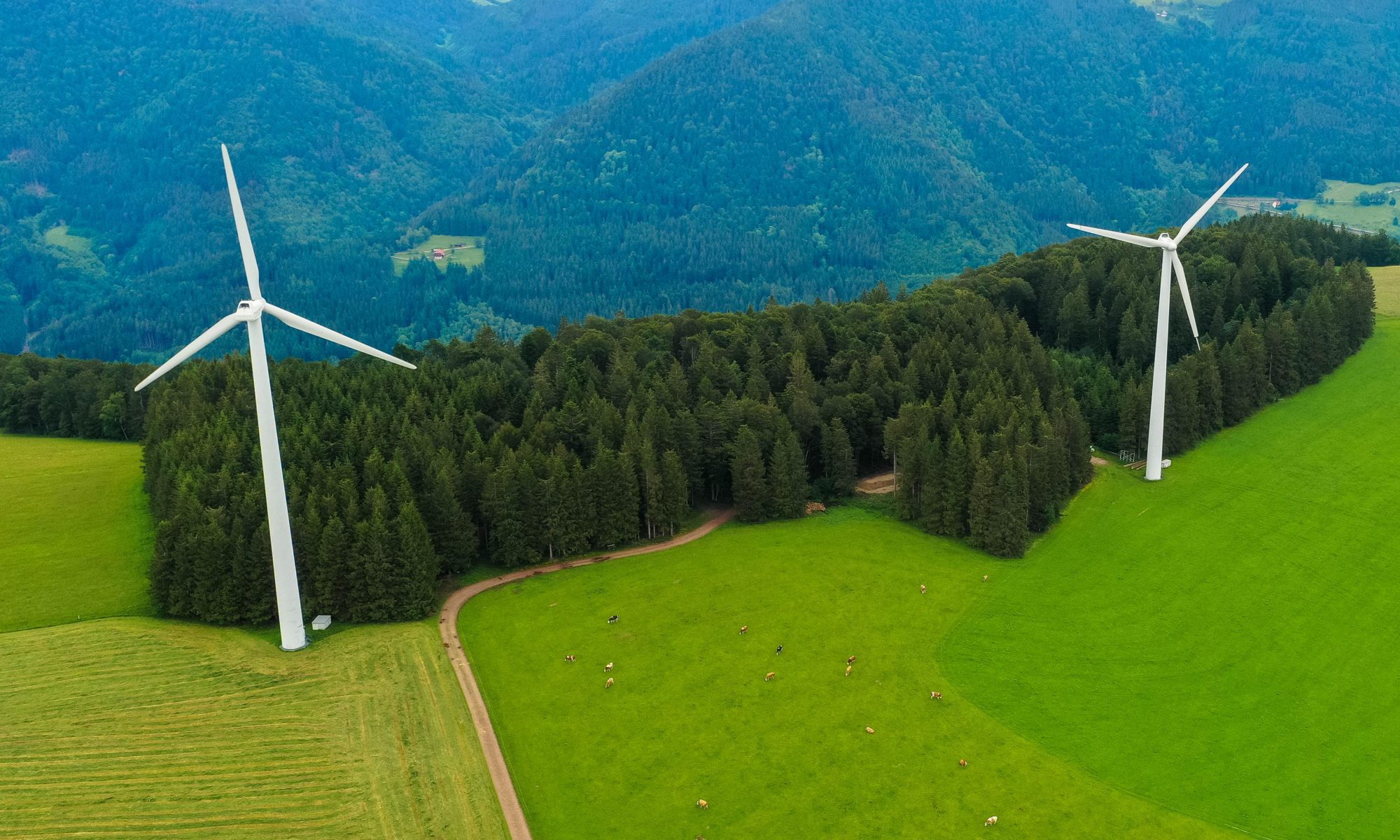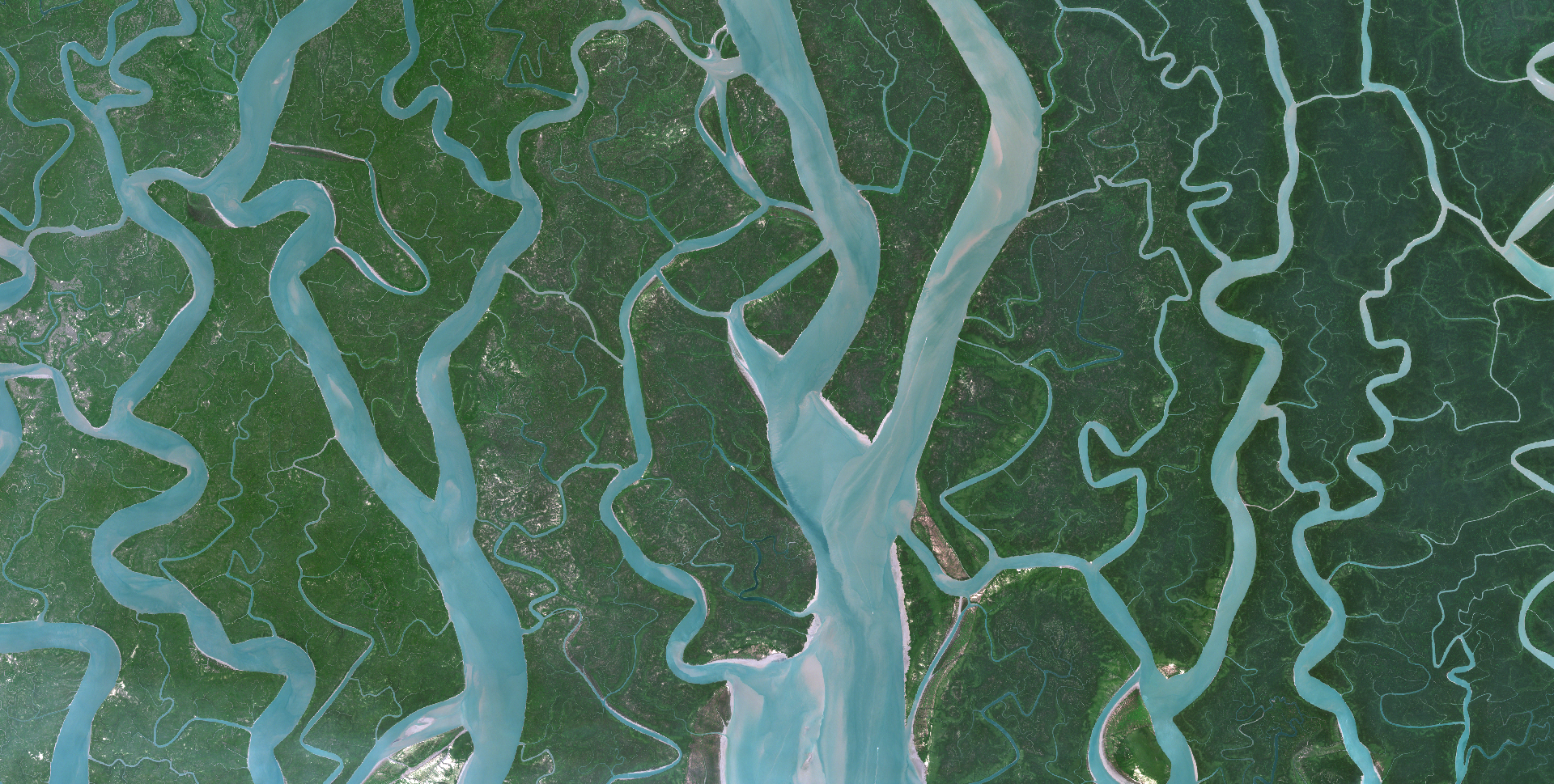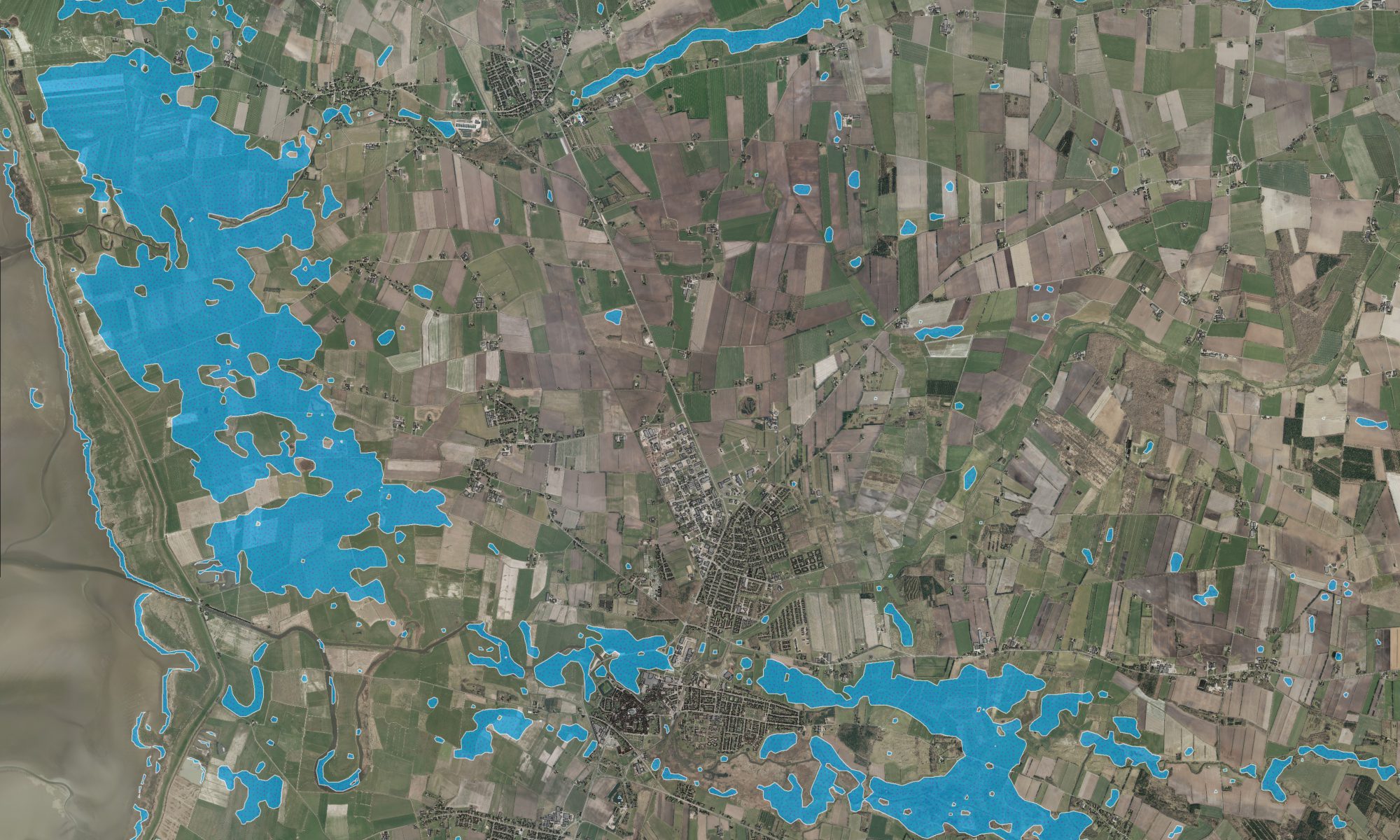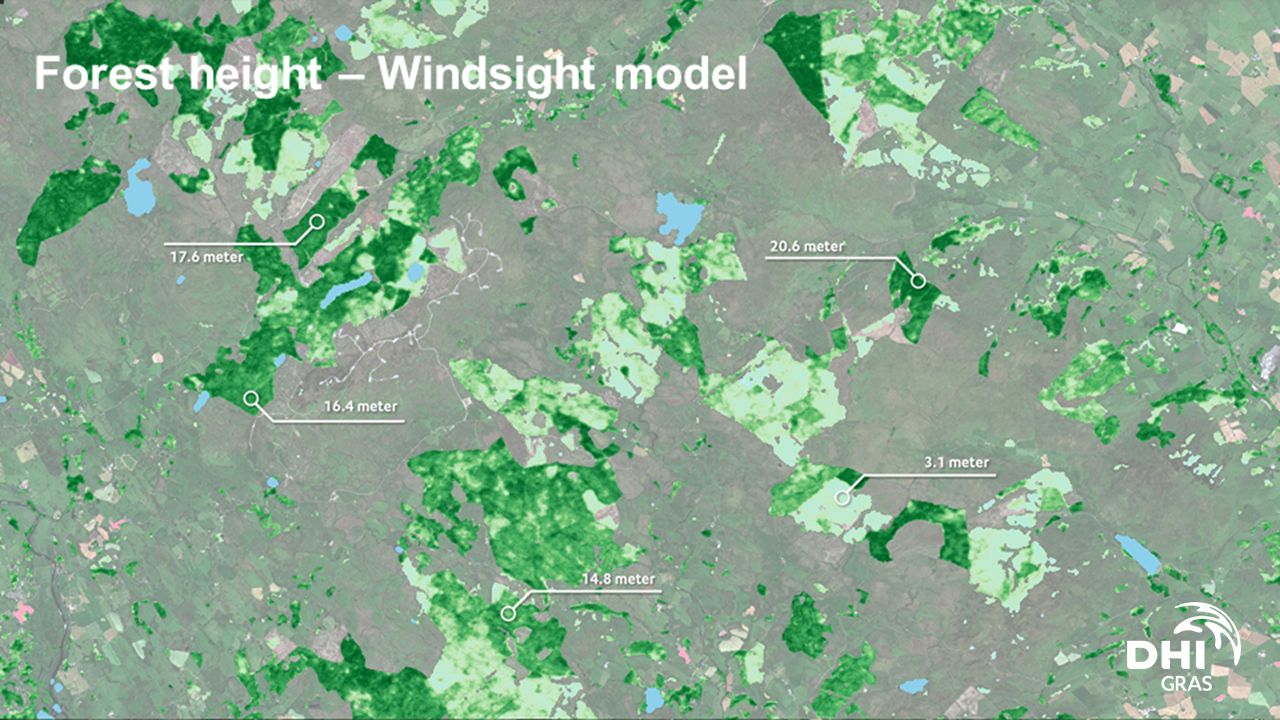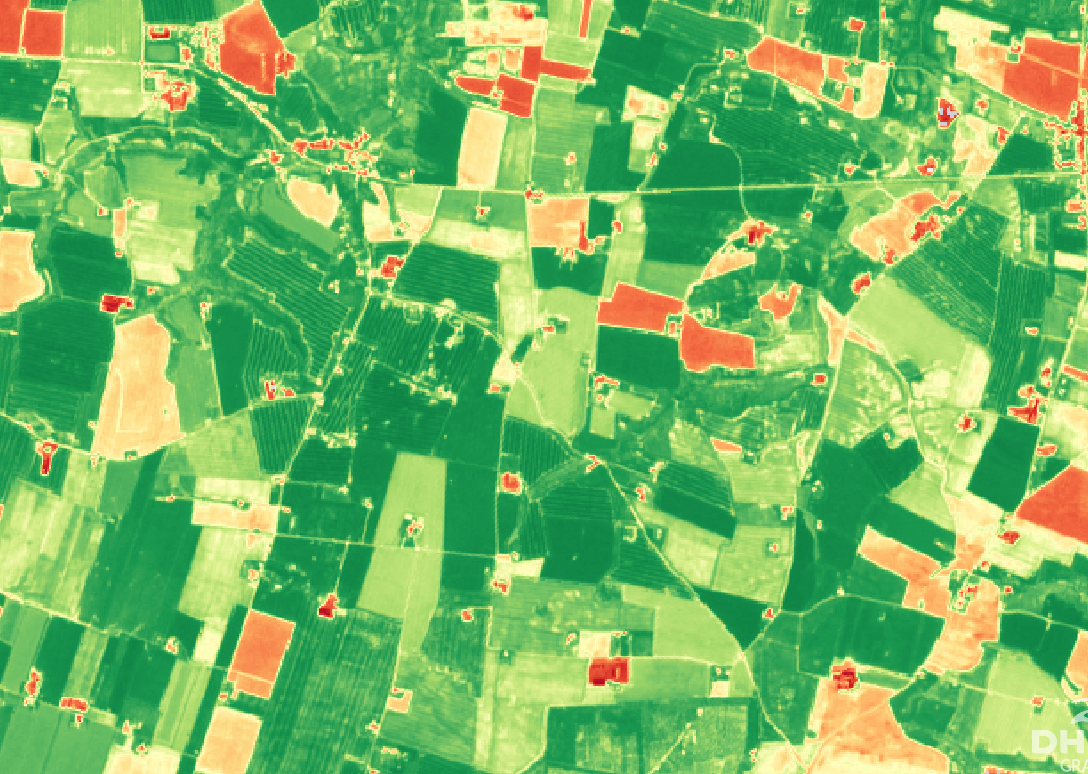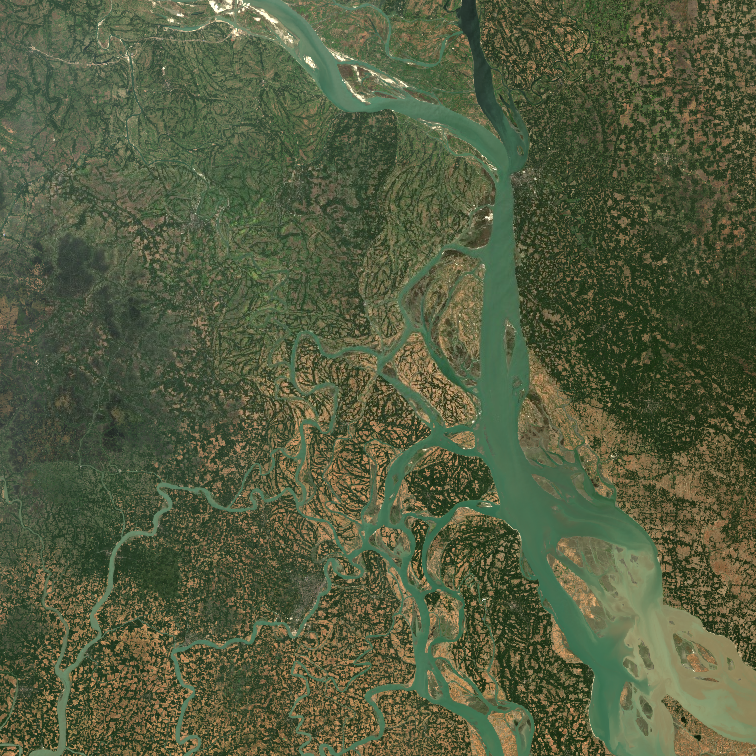DHI GRAS part of a new partnership to promote satellite solutions in the Arctic
17 DECEMBER 2020
Promoting and developing novel satellite-based solutions and services to enhance maritime safety and environmental monitoring in the Arctic is an important part of our DNA, and our 20-year legacy. As part of our continuous and long-term commitment to enhance opportunities in the Arctic, making best use of satellite data, we are proud to be part of the newly established Danish Partnership for space in the Arctic ‘Kongeriget Danmarks Partnerskab for Rum i Arktis’.
Through this partnership - alongside 25 Danish, Faroese, and Greenlandic partners – we will build on our Arctic expertise by creating new avenues for space-based solutions and services in the Arctic, and bringing these services closer to the core stakeholders. This partnership underpins the long-term perspectives and potential of satellite data use in the Arctic, and it illustrates the reality of space-based solutions being the only option to consistently map and monitor the change and dynamics in the vast expanses of the Artic. With increasing commercial activity, the evident impacts of climate change and high geopolitical interest – this is more important than ever!
Within, and beyond, the framework of this partnership we are looking forward to continuing our committed journey in the Arctic, and we look forward to the opportunities and challenges ahead.


